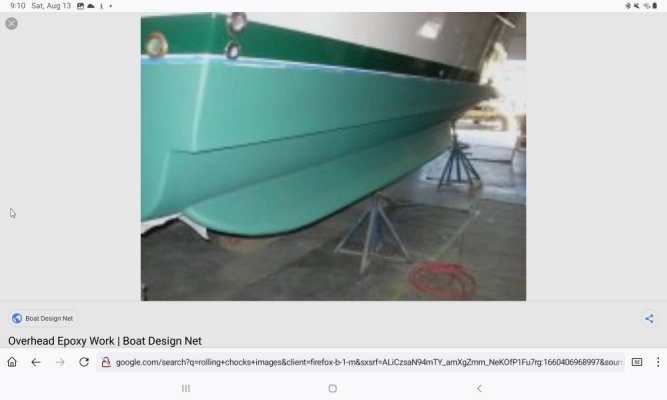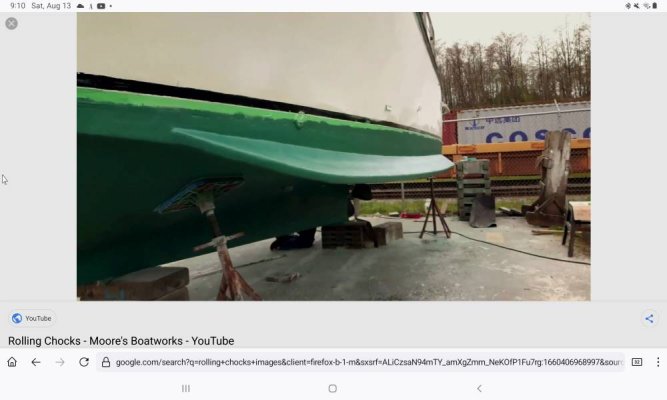@Marco, passive flume tanks are IMO a great roll reduction technique. I had spoken with Dr Bass previously about designing one. He mentioned that they achieved about 65% reduction in roll and acceleration, with a water load of about 2.5% to 3% of displacement. This was a traditional baffled tank. Phil with Swan Song (who has passed on) had one installed and he was very happy with the results although he never took measurements.
It would be helpful if you posted numbers for degrees of roll and accelerations, with and without your water loaded. Simple apps for your smart phone would work.
BTW, the naval architect of my boat stated that the large rolling chocks they normally install in their fishing boats achieved about 35% reduction. This is a very high effectiveness for passive chocks. Personally though, out at sea, I would want at least 1/2 roll reduction minimum.
It would be helpful if you posted numbers for degrees of roll and accelerations, with and without your water loaded. Simple apps for your smart phone would work.
BTW, the naval architect of my boat stated that the large rolling chocks they normally install in their fishing boats achieved about 35% reduction. This is a very high effectiveness for passive chocks. Personally though, out at sea, I would want at least 1/2 roll reduction minimum.
Last edited:

 I wouldn't own another large boat with out stabilizers. We use our paravanes as flopper stoppers at anchor as well. . . .
I wouldn't own another large boat with out stabilizers. We use our paravanes as flopper stoppers at anchor as well. . . .

